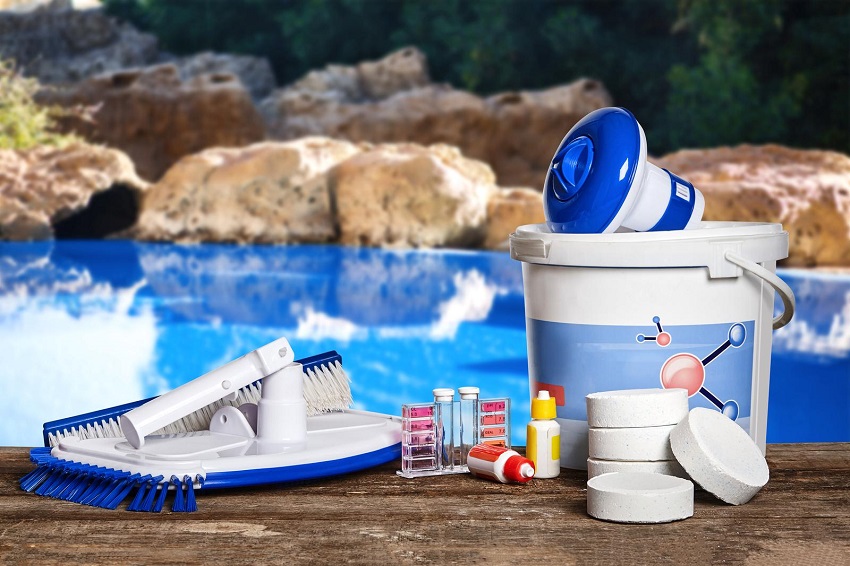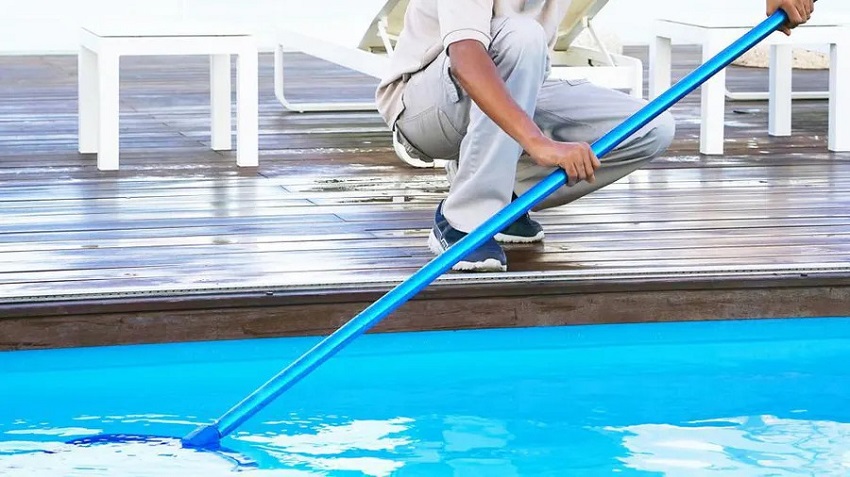When it comes to enjoying your pool, proper maintenance is crucial. One important aspect of pool maintenance is shocking the pool. Shocking refers to the process of adding chemicals to your pool to kill bacteria, remove contaminants, and maintain proper water chemistry. But how often should you shock your pool? In this article, we will explore the factors to consider and provide guidelines for maintaining a clean and healthy swimming pool.
What is Pool Shocking?
Pool shocking is an essential part of pool maintenance. It involves adding a high concentration of chlorine or other pool shock products to the water. The purpose of shocking is to oxidize organic and inorganic contaminants, kill bacteria and algae, and restore the pool’s water clarity and cleanliness. By maintaining proper pool chemistry, you ensure a safe and enjoyable swimming environment for yourself and your loved ones.
Factors Influencing the Need for Pool Shocking
The frequency of pool shocking can vary depending on several factors. First and foremost, the frequency should be determined by the amount of pool usage. A heavily used pool will require more frequent shocking compared to one that is rarely used. Additionally, environmental factors such as rain, sunlight, and temperature can affect the pool’s chemical balance and increase the need for shocking. The size and volume of the pool, as well as the sanitization methods used, also play a role in determining the frequency of shocking.
Signs That Your Pool Needs Shocking
It’s important to be aware of the signs that indicate your pool needs shocking. If you notice cloudy or discolored water, it may be an indication of high levels of organic or inorganic contaminants. The presence of algae or other visible contaminants is another sign that your pool needs shocking. Furthermore, if you detect a strong chlorine odor or experience skin or eye irritation after swimming, it’s time to shock your pool.
How Often Should You Shock Your Pool?
Determining how often to shock your pool can be a bit tricky. As a general guideline, it is recommended to shock your pool every 1 to 2 weeks. However, this can vary depending on the factors mentioned earlier. If your pool is heavily used or you live in an area with high temperatures and intense sunlight, more frequent shocks may be necessary. Conversely, if your pool receives minimal usage or you have effective sanitization methods in place, you may be able to shock less often.
Before shocking your pool, it’s essential to test the water. Regular water testing helps you understand the chemical levels in your pool, including pH, chlorine, and alkalinity. By adjusting these levels as needed, you can ensure the effectiveness of the shocking process. Testing the water before shocking also helps you avoid over-shocking or under-shocking, both of which can have negative consequences on water quality.
Proper Pool Shocking Procedure
To shock your pool effectively, follow these step-by-step instructions:
- Begin by testing the pool water and adjusting the chemical levels if necessary.
- Choose the appropriate pool shock product based on your pool’s needs and size.
- Carefully follow the manufacturer’s instructions for the specific pool shock product.
- Dilute the shock product in a bucket of water according to the instructions.
- With the pool’s circulation system running, slowly pour the diluted shock solution into the water around the edges of the pool.
- Use a pool brush to distribute the shock evenly if needed.
- Allow the pool’s circulation system to run for several hours to distribute the shock thoroughly.
- Retest the water after a few hours to ensure the chemical levels are balanced.
Maintaining Pool Chemistry After Shocking
Shocking your pool is just one part of maintaining its cleanliness and clarity. After shocking, it’s crucial to continue monitoring and balancing the pool’s chemical levels. Regular maintenance tasks such as adjusting pH, chlorine, and alkalinity are essential to prevent issues such as algae growth and bacterial contamination. Proper pool water circulation and filtration also play a vital role in maintaining water quality.
Common Misconceptions About Pool Shocking
There are a few common misconceptions surrounding pool shocking that need to be addressed. One myth is that more shock is better. However, over-shocking can lead to imbalanced chemical levels and even damage pool surfaces and equipment. Another myth is that shocking eliminates the need for other maintenance tasks. While shocking is important, it should be complemented with regular cleaning, brushing, and skimming. Lastly, some people believe that shock should only be done in emergencies. However, regular shocking helps prevent the buildup of contaminants and keeps your pool water consistently clean.
Benefits of Regular Pool Shocking
By regularly shocking your pool, you can enjoy several benefits. Firstly, shocking improves water clarity and cleanliness by eliminating bacteria, algae, and other contaminants. This makes your swimming experience more enjoyable and reduces the risk of waterborne illnesses. Secondly, pool shock helps prevent algae growth, which can be unsightly and difficult to remove. Lastly, by maintaining proper pool chemistry through shocking, you enhance the effectiveness of other sanitizers, such as chlorine, ensuring a safer swimming environment.
Conclusion
How often should you shock your pool? The answer depends on a few factors such as the frequency of pool use, the number of swimmers, the weather conditions, and the overall cleanliness of your pool. As a general rule of thumb, it’s recommended to shock your pool every 1-2 weeks during the swimming season. However, if you notice any signs of cloudy water, algae growth, or a strong chlorine odor, you should shock your pool immediately to prevent further contamination. By staying on top of your pool maintenance routine, you can ensure that your swimming experience is always safe and enjoyable.




